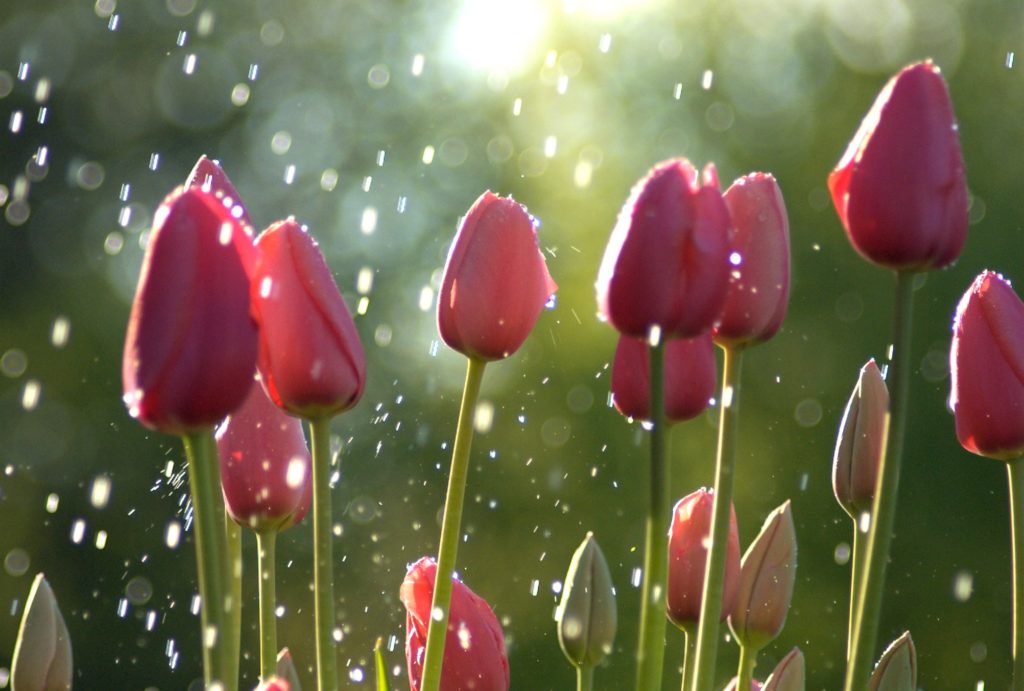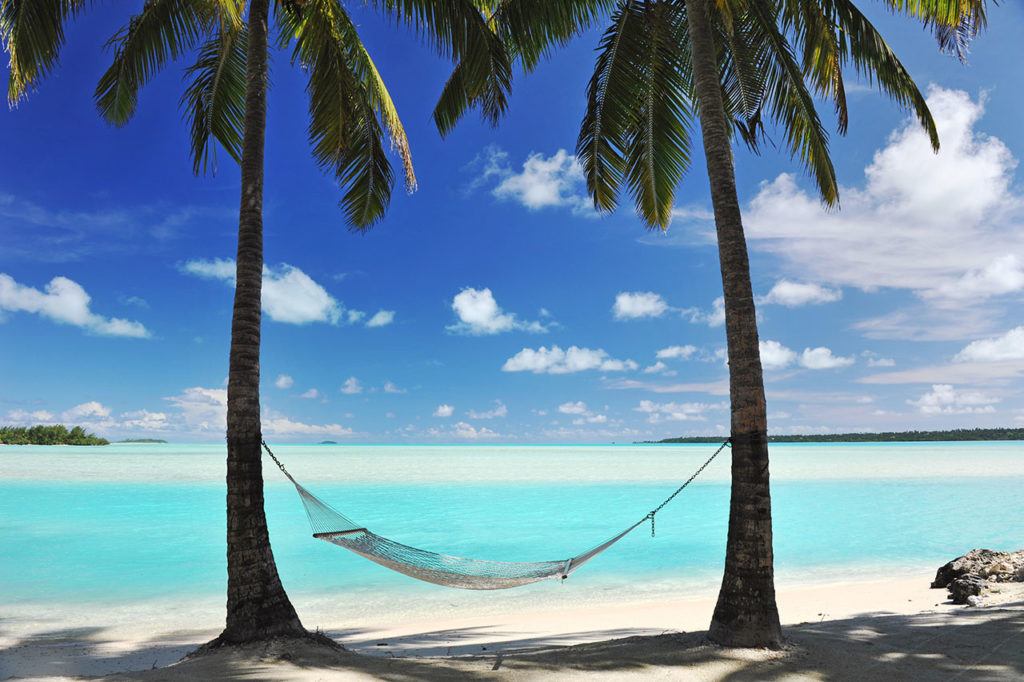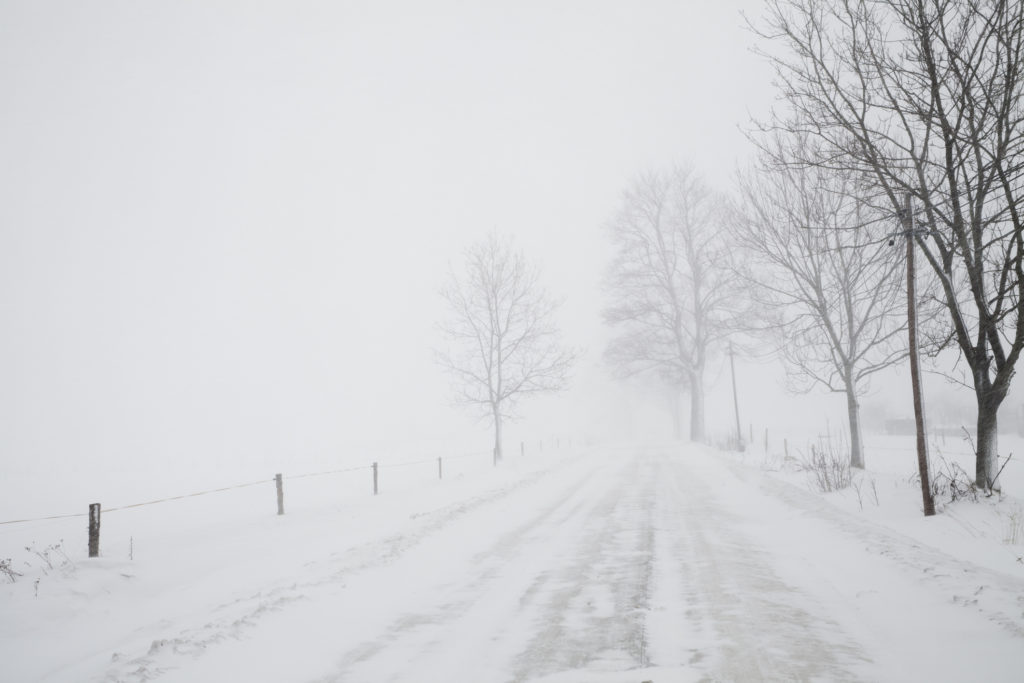
Vata, Pitta and Kapha are more apparent and less apparent during different stages of our lifetimes, during different seasons of the year, and even different times of the day.
Stages of life:
Ayurveda views life in 3 stages, birth to puberty (Kapha stage), puberty to menopause (Pitta stage), and menopause until death (Vata stage). All humans, no matter their prakriti, will experience these different stages. So you may be Pitta going through the kapha stage of life, or you could be a Kapha going through the Pitta stage of life.
Chances are since Ayurveda believes that “like increases like”, when you are going through the stage of life that is that of your constitution, you will experience those qualities a little more than the stages of life that are not of your constitution. For example, if you are Pitta, going through midlife, or the Pitta stage of life, chance are that you will be more affected by those qualities than if you were Vata or Kapha going through the Pitta stage of life. Here are how those stages break down:

From birth to puberty, the body’s gunas or qualities are that of Kapha. Qualities such as unctuousness (snigdha), heavy (guru), smooth (ślakṣṇa), soft (mṛdu), and slow (manda) are present. Children have soft, unwrinkled skin due to the fact that they are full of moisture. This is the time of great growth, development, and learning. One learns to control their senses and what is accepted or not accepted in the culture. Because of the great growth, nourishment is very important. Kids at this age eat a lot of food, seem to have an endless amount of energy and a lot of endurance, but then drop into a deep sleep for many hours. During this stage of life, there should not be too much illness, due to Kapha’s strong constitution. However some Kapha imbalances you might see during this time of life are: mucus building, a hard time getting up, obesity, possessiveness. Remember Kapha represents the earth and water elements which are moistening and grounding.

From puberty to menopause (in men, approximately the same age) the Pitta stage of life is reflected in the gunas such as oily (snigdha), hot (uṣṇa), light (laghu), liquid (drava), sharp (tikṣṇa), spreading (saram), and fleshy smelling (visram). These can describe the adult who is finished physically growing but is now growing his career, raising a family, building wealth. You could describe this person as “one who is on fire”, very busy, working hard,and aggressively living life. This person is still physically strong, but does not have as much endurance as when he was a child. These are the hormonal years. Stress is at its highest level at this stage of life which could be a reason why their energy is taxed. Some Pitta imbalances that may be experienced during this stage of life are acid indigestion, ulcers, inflammation, cold sores, migraine headaches, and over-competitiveness. Pitta is represented by the fire and water elements which cause heat and moistness.

From menopause onwards, one is in the Vata stage of life. Vata can be described as dry (rūksha), light (laghu), rough (khāra), cold (shita), hard (kāthinya), subtle (sūkṣma), mobile (chala), and clear (vishada). This person is now slowing down. The family is raised, the business is established, and this person may be in retirement or leaning in that direction. These are the wisdom years and a time of deeper expression and spirituality. We become less concerned about accumulating, and thinking more about detachment, especially to worldly goods. A person at this stage often loses muscle mass, causing them to be cold, lighter. This person also loses moisture, therefore becoming dryer, more wrinkled. Illness is greatest at this stage of life due to this stage having the least endurance. Vata imbalances will show up such as osteoporosis, constipation, light or interrupted sleep and having a scattered mind, fear and anxiety. Vata presents itself as air and ether in the body which is drying and moving.
Seasons of the year:
–Ayurveda looks at the year in India as having six seasons, but in North America as having three seasons.

The beginning of spring (March), when the weather is cold and wet and when plants start to grow again and trees begin to bud is considered the prime time for Kapha aggravation (prakopa). But before a doṣa becomes aggravated, it must first accumulate. Kapha begins to accumulate (sañcaya) with the onset of winters cold qualities. Heavier foods are usually eaten at this time and can also accumulate creating the “heavy quality” of Kapha. In the summer, Kapha is pacified (praśama) due to the dry, light and hot qualities of that season.

Beginning of summer (June), when the weather is hot and dry, Pitta becomes aggravated (prakopa). Pitta begins to accumulate (sañcaya) in the spring. This is due to the shift from cool to hot and dry to damp. Pitta is warm and moist in nature. In the winter, Pitta is pacified (praśama) due to the sweet taste dominant in our food and the cool environment.

Vata begins to accumulate(sañcaya) in the summer due to the fact that one’s strength and digestive power are at its lowest level and one loses body water through perspiration. The dry and light qualities are dominant in nature and food at this time of year. There is not an excessive accumulation, however, due to the heat of summer. Vata prakopa, or aggravation occurs during the late fall and winter as the cold, dry, and windy qualities are dominant. Further Vata accumulation in the body is due to the sudden change of temperature from hot to cold. Vata praśama or alleviation of Vata occurs in the spring and early summer as there is more humidity present and heat is building.
Times of the day:

-Ayurveda looks at 6 equal segments of time during the day:
From 2 to 6pm and 2 to 6am is the Vata time of day. The wind kicks up and begins to cool the atmosphere down from 2 to 6PM. Between 2-6AM things are beginning to become active in the mind and the body. The mind moves from an active dream state into full consciousness in the early hours just before the sun rises. This is the best time to awaken and rise. It is also the best time for meditation as the mind is rested and still as is the universal consciousness.

From 6 to 10am and 6 to 10pm is considered Kapha time of day. Usually the early morning air is cool and still and the earth is moist (dew). This is the time in the morning when the body is rested and often at its strongest and when movement is needed. This is a great time to do vigorous exercise. In the evening, this is the time that we let the natural heaviness and dull qualities of Kapha slow us down and make us sleepy so that we can be asleep somewhere around 10pm.

From 10am to 2pm and 10pm to 2am is considered Pitta time of day. From 10am to 2pm is considered the hottest time of the day due to the sun being right above us. It is also when digestion is the strongest, and we should eat our largest meal. From 10pm to 2am, the body cleanses, repairs, and rejuvenates itself. During this time the liver is cleansing the blood and the brain is clearing and repairing the mind.
